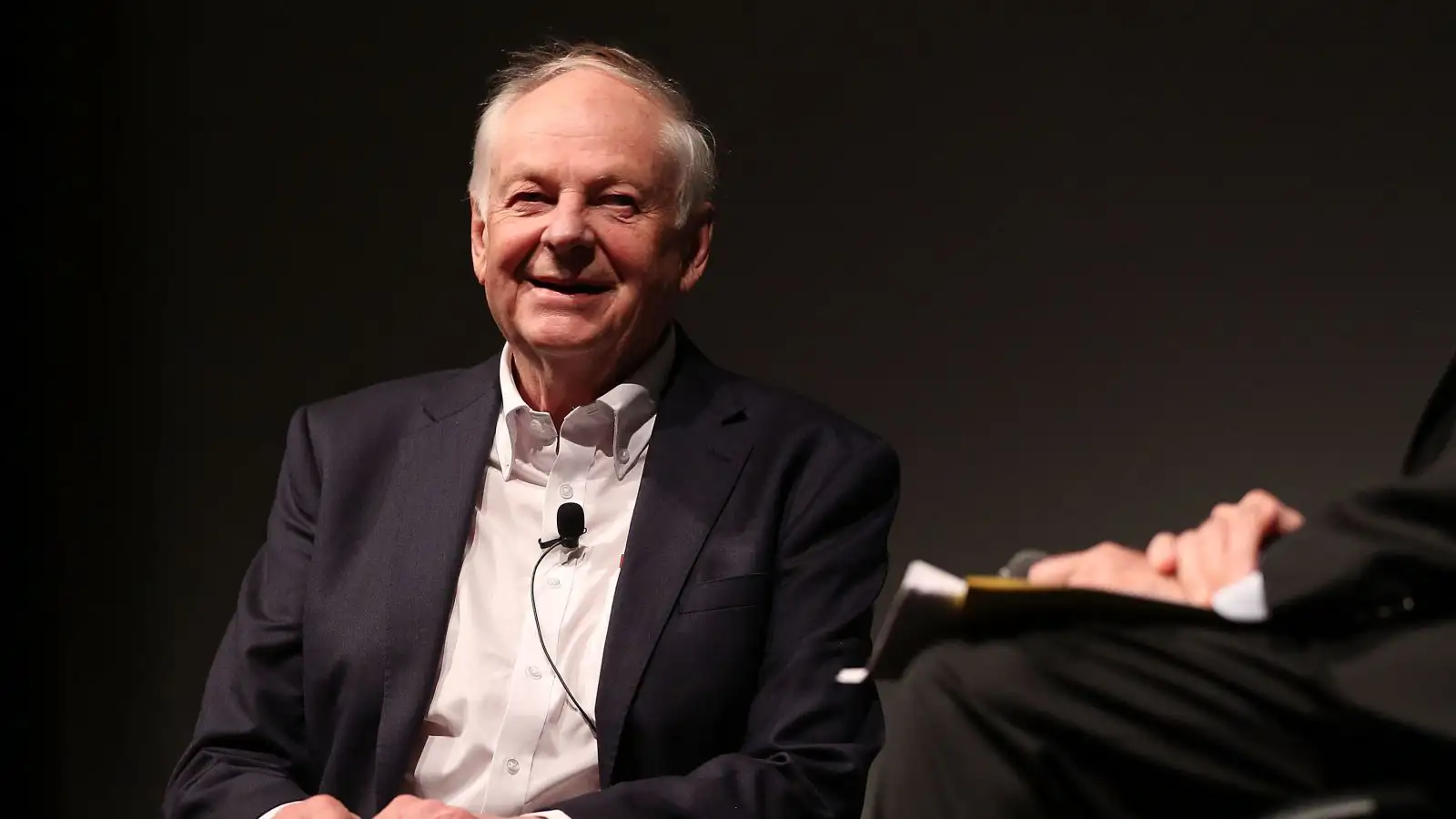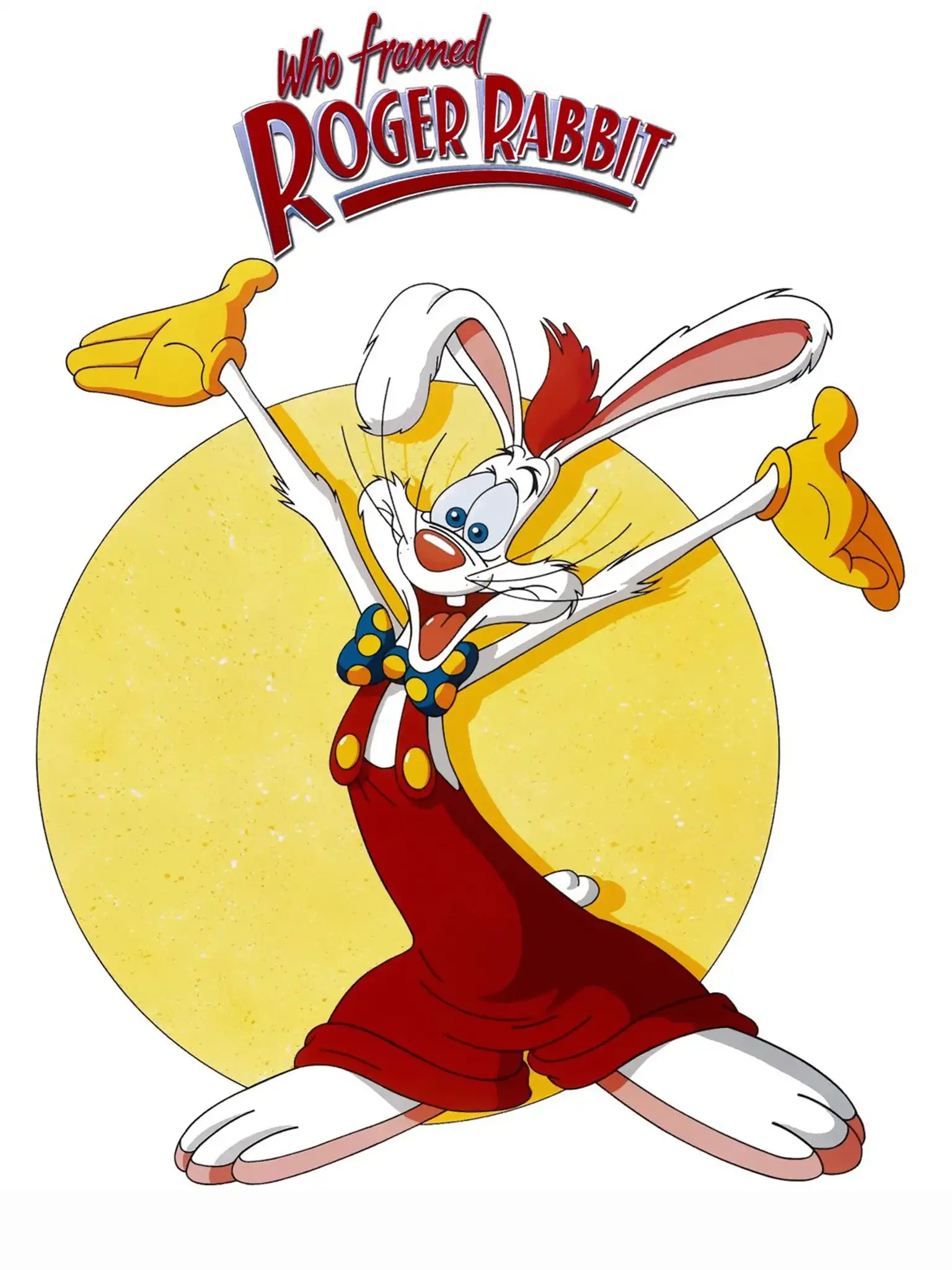Richard Edward Kenneth Williams was born on January 1, 1937, in London. His first film Little Island was released in 1958 and won a BAFTA for his animation work, which earned him his first Academy Award for Best Animated Feature Film at the 1959 Academy Awards.

Williams, who was already a graphic designer at the age of 16, made his living as an illustrator, supported by his stepfather, who had connections in the advertising industry in Toronto, and supported his son, who grew up in Canada and spent most of his career in London, specializing in a hand-drawn animation style made famous by a drawing he visited during a five-day bus trip from Toronto. One of the animators told him to learn to draw, which he took to heart, and he went to London to sketch circus artists and hone his skills as a painter for two years.
Williams began as a commercial graphic designer as a teenager and later made a number of independent short films, including Little Island and Love Me, Love Me, Love Me, which was owned by Disney at the time, then acquired the rights to the project and edited, wrote, and edited the film to include some of Williams’ original illustrations as well as some new illustrations. Later he partnered with Ken Kesey, one of the most successful illustrators of all time.
The Calvert version was published in the USA on 1 July 1953 with a limited edition of 1.5 million copies and in Europe on 2 August 1954.
In the early 1960s, Williams worked on animated television commercials for the advertising agency Dun & Son Ltd. in the United States. Shortly after, he founded his own studio, Richard Williams Studios, which produced a number of acclaimed commercial and artistic titles with animated credits and openings, including “What’s New Pussycat“. His studio went under after the takeover and the failure of Thief, whereupon Richard took a break from directing to concentrate on animation lessons until he returned to Circus Drawing in 2010.
In a way, his work is quite surreal, but it is very much in line with his artistic vision of the world of circus drawing.
There he began his career in animation, using the modern animation of the UPA studio. His early films have heavy use of limited animation and bear little resemblance to his future work. They were created when he was just about to receive first-hand training from experienced animators.
The British equivalent of Oscar: ‘The three caricatured humanoids who engage in philosophical debate without saying a word’ won BAFTA (the British equivalent of the Oscar) for the best-animated feature.
Williams later was director of hand-drawn animation at studios like Pixar, which is undergoing the digital revolution, where animators attend master classes and workshops to gain insights into methods and techniques, his daughter said. He also animated a number of films and commissioned works, while also juggling films, commissioned works, and his own artistic work.
Also Read: Ken Anderson – Writer, Animator, Art Director

The two Oscars, awarded to 86-year-old animator Richard Williams for his work on “Framed” and “Roger Rabbit” (1988), marked the end of his career and the beginning of a new chapter in his life. The fantasy comedy mixes a cartoon-hating detective and a live-action detective, led by the cartoon character Roger Rabbit, as he is charged with murder. The interaction between the two worlds described as an “unprecedented use of perspective animation,” made for a blockbuster and decisive success. It is set in 1947 and revolves around the life of the protagonist, a young man in a fantasy world who pursues his dreams.


















